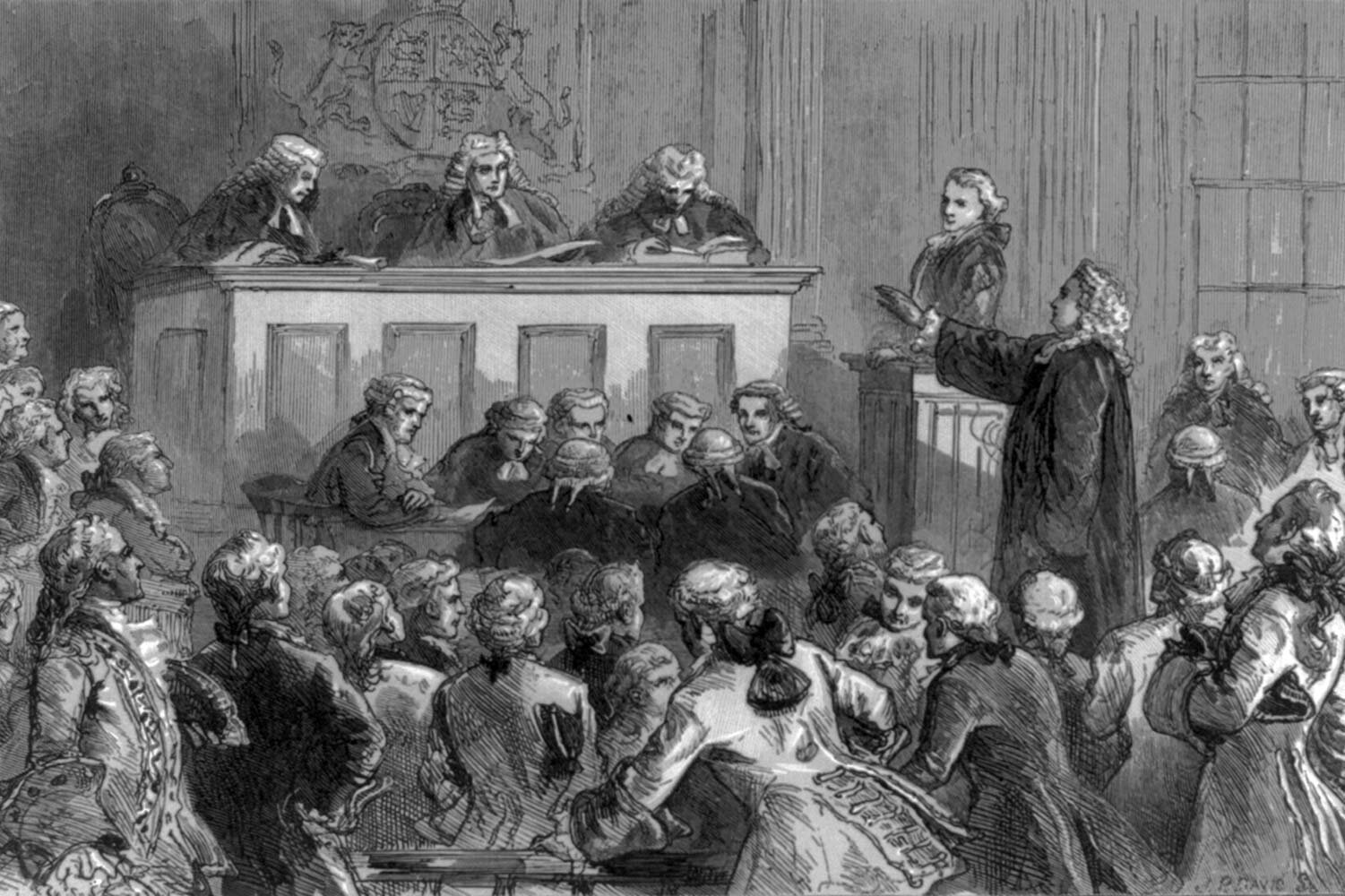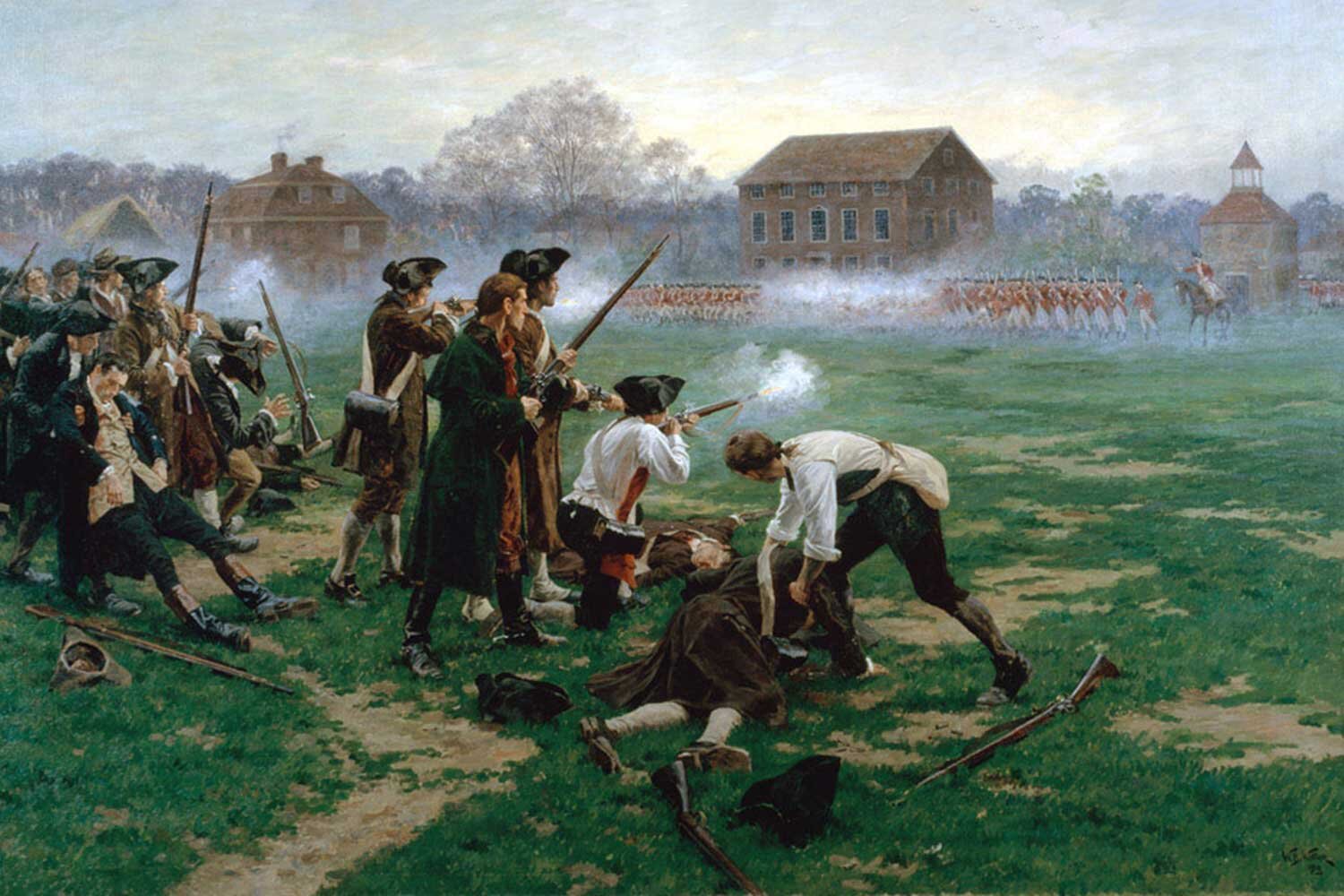

Flags of the American Revolution: Many Designs, One Goal
To understand the muddle over our flag at our nation’s founding, it is important remember that in 1776, the allegiance and attachment of most people was to their own locale, not to the yet to be created United States of America.

Who Created the First Flag? Discover the History of the Stars and Stripes
Our nation’s flag, the emblem of our country, was officially created and later modified by three laws passed by Congress. Since then, it has been changed 27 times, the most recent of which was on July 4, 1960 when Hawaii’s star, the fiftieth, was added to the constellation.

A Bald Eagle, Olive Branches and Arrows - How the Great Seal Was Created
The Great Seal of the United States is the official seal of our country. It was approved in 1782 and is used on many of our official documents, most commonly on the back of our one-dollar bill.

Avoiding the Stocks: How the Eighth Amendment Guarantees Humane Treatment, and Other Protections for the Criminally Accused
The Eighth Amendment helps make our criminal justice system more just for those accused or convicted of criminal behavior. It is comprised of three rights, each of which plays a part in protecting Americans from a harsh and overly ambitious government.

Can the Court Serve as Judge and Jury? Not According to the Seventh Amendment
The Seventh Amendment formally established the rules governing civil trials, as opposed to criminal cases. Its main purpose was to distinguish between the responsibilities of the courts which decided the meaning of laws and those of juries which decided matters of facts as presented in a case.

Have You Been Called to Jury Duty? See the Sixth Amendment in Action
The Sixth Amendment to our Constitution effectively established the procedures governing criminal courts. At its core, the Amendment ensures that those accused of crimes will get a fair trial and have every opportunity to clear their name.

Innocent Until Proven Guilty: How the Fifth Amendment Protects You
The Fifth Amendment contains some of the most critical protections in the Constitution for those accused of crimes, safeguards that help keep a tyrannical government at bay. In total, it declares five separate but related rights to all citizens.

The Bill of Rights: The Fourth Amendment
The Fourth Amendment is the fundamental basis for every American’s right to privacy. These freedoms are some of the most important granted to us by the Constitution, giving credence to the idea that “a man’s home is his castle”. As basic as these rights appears to us today, it was a relatively new concept prior to our Revolution.

The Bill of Rights: The Third Amendment
This little-known amendment centered on a very important matter to our Founding Fathers, that of the people being forced against their will to house and feed soldiers and bear the costs. While this matter may seem trivial to us today, it was viewed quite differently in 1776.

The Bill of Rights: The Second Amendment
The Second Amendment is corollary to one of the most basic natural rights we have, that of self-defense. However, it has recently been the subject of great controversy. Becoming familiar with the history of this doctrine is critical to understanding it.

The Bill of Rights: First Amendment - Assembly and Petitioning
Beyond the freedoms of religion and speech we previously discussed, there are two other equally important rights granted to the people in the First Amendment that receive less fanfare. These are the rights to peaceably assemble and to petition the government to correct a wrong.

The Bill of Rights: First Amendment - Speech
The First Amendment clause forbidding Congress from “abridging the freedom of speech, or of the press” essentially means we can say and print what we want, to include making negative comments about the government. Prior to our Bill of Rights, this concept was unheard of.




